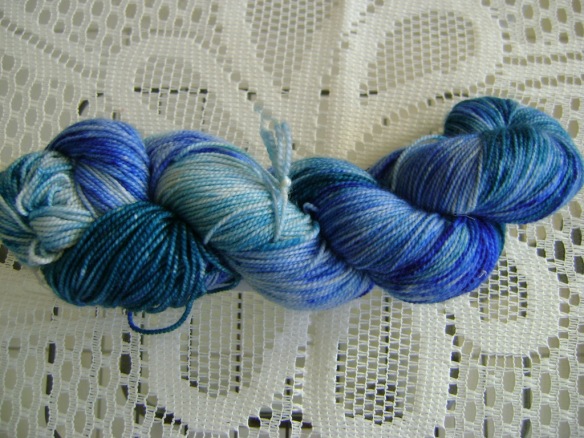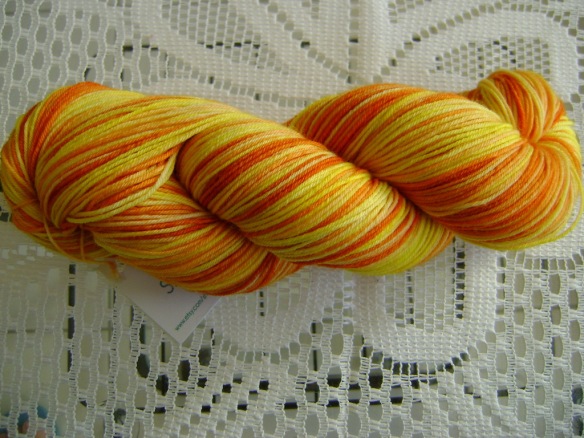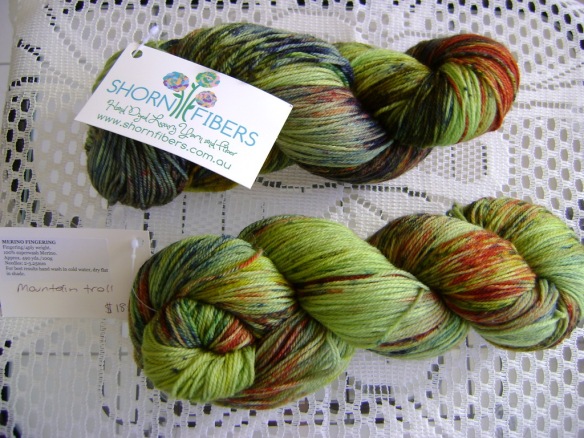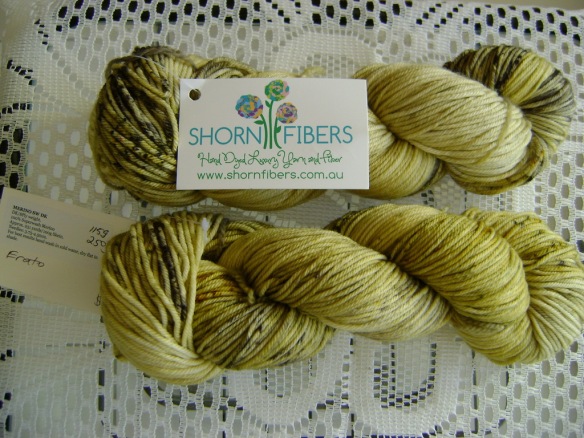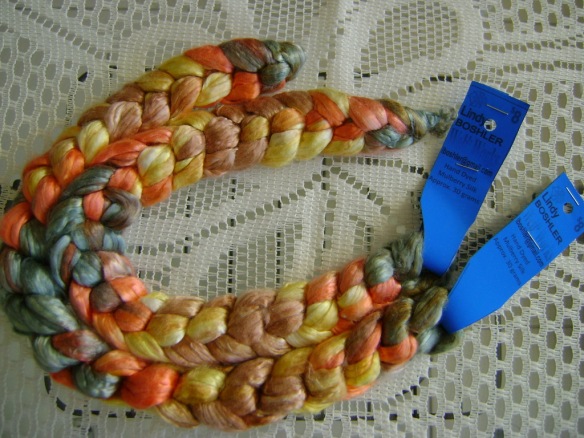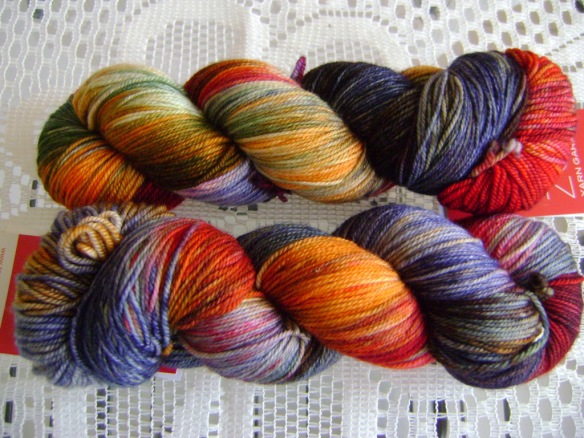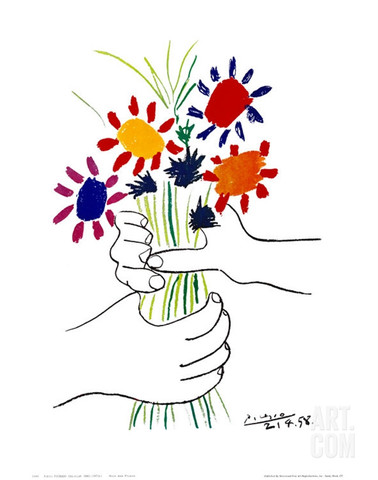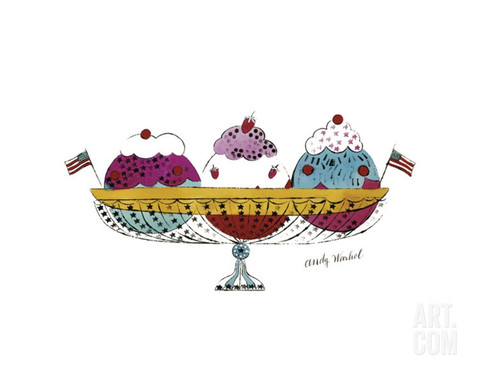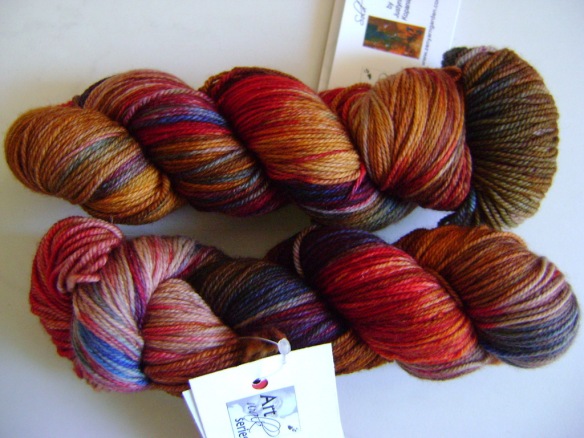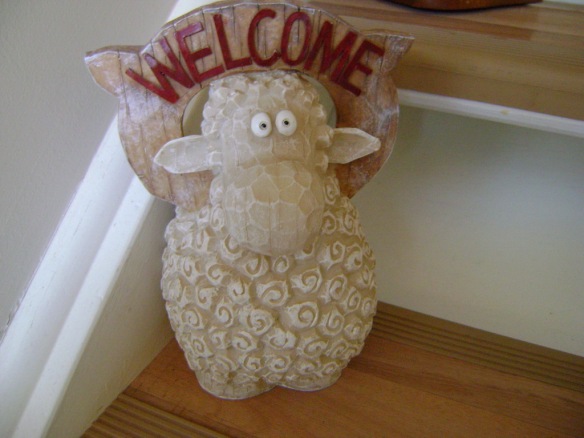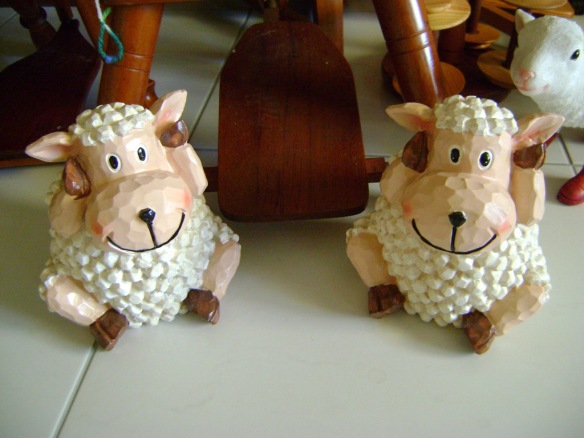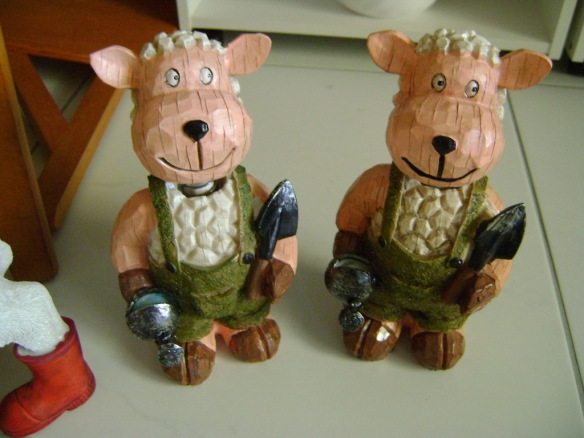The spinning wheel Gods have been looking after me over the last couple of weeks as I’ve managed to pick up two more wheels to add to my burgeoning collection that now totals 11! Today I’m going to show you one of them..my June 1981 Fenton Wind Wheel.
Last Sunday morning I checked my emails and then checked the spinning wheels for sale on Ebay and Gumtree. This is becoming a bit of a daily habit which I must try and break! At the top of the list on Gumtree was this gorgeous Wind Wheel and it was within a comfortable driving distance to my home…about 40 minutes away. My first thought was NO! you have enough spinning wheels and you only have two hands!! I shut down the computer and moved away to do something else but this wheel kept niggling at me so it was back to the computer, log back on and retrieve the phone number of the seller. After a quick call I confirmed I’d be there within the hour. Yes, I can hear you….I can talk myself into anything!
After a couple of wrong turns (even with a Navman I still make wrong turns) I arrived at my destination feeling slightly stressed from the driving (I HATE driving especially to unfamiliar territory). I was shown the Wind Wheel which also came with a small Lazy Kate and a total of four bobbins.
Now, I’ve never used a Wind Wheel so the owner showed me how she worked. Wow! I can’t believe how many types of spinning wheels there are, how differently they operate and yet the end result is the same: spun yarn. The little Wind Wheel is the weirdest looking wheel but so compact as it folds down.
 (Photo from Australian Spinning Wheels website)
(Photo from Australian Spinning Wheels website)
The hinge that allows the wheel to fold.
The owner also had a small box which contained violin rosin which is used to rub the inside of the leather belt when it starts slipping. I have since been told by another spinner that I shouldn’t really need to use it. Any other feedback would be appreciated.
As soon as I got my little wheel home, I took the obligatory photos and then hopped onto one of my all time favourite websites: Ravelry. I posted some pics on the Australian Spinning Wheel forum and the next day there were a few responses. Luckily I got to that little wheel first as two other people were interested in it but not as quick off the mark as I was! I also managed to find two pdf documents which show the assembly of the Wind Wheel and spinning instructions. One lovely Raveler also advised me she had an original instruction sheet which she photographed and emailed to me. I’ve also asked her if she’d send me a photocopied page so I can scan it and keep it forever! That’s one thing about the fibre / yarn community; everyone is so willing to help and share their knowledge and instruction sheets! Thank you Karen! If you look along the top banner of my website, you’ll find the Spinning Wheel Info icon. Simply hover over it and a drop down menu will appear which shows you all the instruction manuals I’ve found that relate to some of my wheels.
I also checked out one of my other favourite websites administered by Mary Knox in New Zealand which contains heaps of fantastic information about all past and present New Zealand made spinning wheels and all Australian ones too. This website is continually updated as more people find it and are able to contribute meaningful information. I’ve used it quite a bit to identify some of my wheels. There’s also a section on New Zealand and Australian mystery spinning wheels. Perhaps you can identify some of them!!
There’s quite a bit of information about Wind Wheels on the site which I have reproduced here. This unusual folding wheel (pronounced like that which blows, not that which twists around) has had several makers. It was designed in 1977 by Geoffrey Fenton in Tasmania; the design was passed to Hans Kruger in South Australia; now it is made by Ettrick in Victoria. The early Wind Wheel made by Fenton is made of Huon Pine and has a black pulley wheel.
My wheel was made by Fenton in June 1981.
The purpose of the metal hoop is to keep the belt in place when the wheel is folded.
The Kruger wheel included changes to the colour of the pulley wheel, now brown. It is made of plywood, which gives interesting patterns on the flyer arms and other parts. The plywood Wind Wheel was called the “Explorer”. Fenton also offered a “Tasmanian Blackwood” model. Since Ettrick bought the manufacturing licence, they have made Wind Wheels available in Huon Pine, Blackwood and Tasmanian Myrtle, according to the website.
You can view pictures of other wind wheels on the website.
Mabel Ross owned one of the early ones, and wrote about it in her Encyclopedia of Hand Spinning: “Since it folds, it is extremely portable as well as elegant, if unusual. The principle is that of a single-band bobbin-brake type; the momentum usually provided by the driving wheel is vested in the heavy cylinder attached to the treadle and circular motion is transmitted to the spindle by a flexible band. Bobbin braking is provided by pressure of an adjustable spring which also holds the bobbin in place.”
A while ago I had been toying with the idea of buying a new Wind Wheel so I checked out the Ettrick website. The prices stated were for Myrtle $1,320 and for Blackwood $1,430 plus postage and insurance so I put those plans on hold. When this Wind Wheel appeared on Gumtree for only $200 that was probably what pushed me to make that phone call. These wheels don’t often come up for sale; let alone nearby me in Brisbane and for such a reasonable price.
Oh and by the way the owner was getting rid of it as she’d bought a Majacraft wheel as she wanted to do finer lace spinning.
I’ll tell you about my other spinning wheel purchase in a future post; I’m just gathering some more information about it. Here’s a hint:…it’s a Brisbane made spinning wheel.
Until next time…
Melanie


































